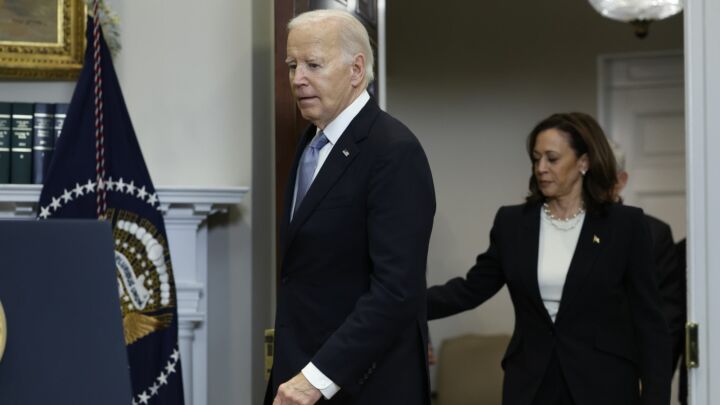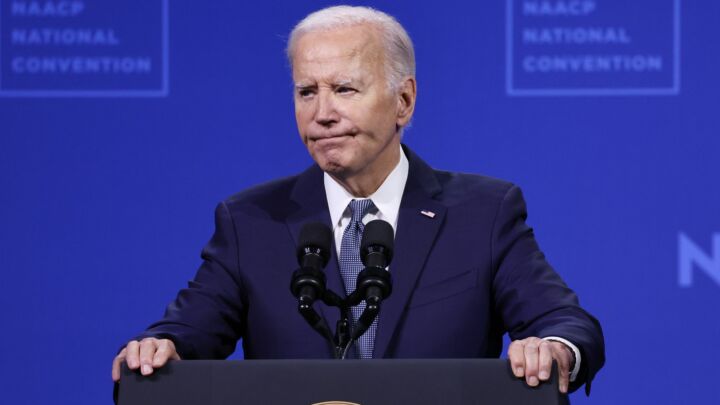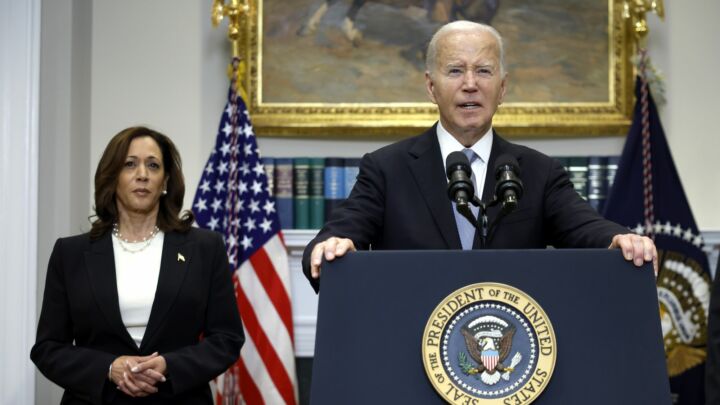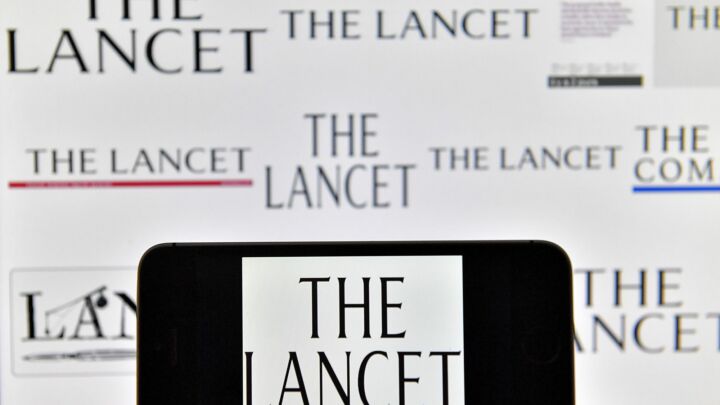How ‘the Other’ became sacred
Self-loathing and postmodern relativism have led us to venerate even the most regressive cultures.

Want to read spiked ad-free? Become a spiked supporter.
The Western world has been infatuated by ‘culture’ for decades – and I don’t mean by the arts. Today, ‘culture’ has come to refer to a force that supposedly determines who we are and even our moral worth. Being aware of cultural sensitivities and respecting other cultures is considered essential today.
This state of affairs emerged in the late 20th century, when a mood of pessimism descended on the West, provoked by a combination of world wars, the Holocaust, environmental degradation and a growing awareness of the shortcomings of Western societies, both contemporary and historical – thanks to colonialism, racism, sexism and so forth. All this led to what was called, in philosophical echelons, the failure of the Enlightenment project, or of Eurocentric, liberal humanism. This despondency then trickled down to become a general disaffection with Western civilisation itself.
Any hope in an alternative to the Western, capitalistic way of life, found in Soviet-style Communism or its variants, was dealt a mortal blow in 1968 with the Soviet invasion of Czechoslovakia and the failure of the student revolts that year in France and the US. Left in Communism’s wake in the West was a broad church of relativistic postmodernists. They took their cues from linguistic and anthropological schools that placed primary importance on language and culture. Since then, we have become enamoured of the idea that culture – rather than reason – shapes how we think, speak and live. This ‘cult of culture’ reinforced the already existing rejection of Western culture, and with it an associated veneration of non-Western cultures.
This exaltation of the exotic and the Other has been well evident this month. Last week, the Pitt Rivers Museum in Oxford blurred the images of an African mask for some visitors to its website, because the culture that created it forbids women from seeing it. The museum made this decision on the grounds of ‘cultural safety’.
That expression, ‘cultural safety’, neatly combines our fetishisation of culture with our belief in the fragility of minds. It also reflects the mindset of those who follow the culture cult. They hold that cultures are like precious artefacts to be protected at all costs. Their beliefs must be respected and accepted, even if that entails sanctioning superstition and misogyny. As long as a supposedly oppressed Other is seen to benefit, then this may even be considered laudable.
It was also revealed this month that the Great North Museum: Hancock in Newcastle has considered withdrawing ‘sacred’ objects from display, again because they are deemed unsuitable to be viewed by women according to certain cultures. These objects ‘could upset or cause offence’, the museum said. Causing people to be upset or offended are of course great taboos in our own increasingly primitive culture.
Meanwhile, Liverpool University’s history lecturers were told this month that they must ‘problematise’ whiteness and heterosexuality in their seminars, and must also follow the bovine fashion for ‘decolonisation’. A study guide devised by academics and undergraduates at the School of Oriental and African Studies (SOAS) in London has recommended that philosophy classes be ‘decolonised’ and shorn of a curriculum ‘predominantly focussed on canonical Western philosophers’.
These latest stories have all emerged against the backdrop of Just Stop Oil’s attack on Stonehenge. This was a case of literal cultural vandalism. This attack on an ancient British monument stands in stark contrast to the woke’s idol-worshipping of non-Western artefacts.
The SOAS decolonisation guide aims to put into practice a school of thought that has long been dominant in universities, and through osmosis has now become mainstream. It’s one that has only come to wider, proper attention since the Great Awokening of around 2015: the idea that Western man is culpable for most of the world’s ills. His rationalism is said to exclude marginalised groups by employing invisible power structures of oppression. Redemption only comes by embracing the Other.
This simple-minded culture cult has been in the ascendency for years. In his 1992 book, The Illusions of Postmodernism, Marxist critic Terry Eagleton excoriated this culturalism as ‘much a form of determinism as biologism’. In his superlative work of 2000, The Culture Cult: Designer Tribalism and Other Essays, anthropologist Roger Sandall warned of a revival of romantic primitivism and anti-modernism in the West. Both works remain relevant today. (My own modest contribution to the debate, The Poverty of Multiculturalism, was published in 2005.)
Today’s culture cult starts off with the premise that all cultures are equal. But perversely, it ends up concluding that our culture is inherently sinful and bad, and everyone else’s is noble and right. From start to finish, this thinking is flawed.
Hyper-tokenism has conquered the election
Those who watch television assiduously, especially the advertisements, will be aware of the hyper-tokenism that now dominates the small screen. TV is generally far more ethnically diverse than Britain as a whole.
You can see this hyper-diversity clearly in the latest run of Doctor Who and in the long-running advertisement for Virgin Atlantic. More recent adverts for New Lynx, AWS (Amazon Web Services) and Smirnoff all feature that old favourite template for ad executives who wish to recast Britain in their own imagination: a white female and a visibly ethnic-minority male.
This template is with us in force this General Election. Times Radio and the Telegraph’s new daily podcast have both employed it. The former’s election coverage is brought to you by Kate McCann and John Pienaar, the latter by Camilla Tominey and Kamal Ahmed. On Thursday, you might choose to watch the election coverage on Channel 4, brought to you by Emily Maitlis and Krishnan Guru-Murthy. Or you could tune into BBC One’s coverage, presented by Laura Kuenssberg and Clive Myrie.
As is often the case, the pursuit of ‘diversity’ often ends with uniformity and monotony.
The truth about ‘they / them’
The poster that’s been placed around London to coincide with Pride Month, displaying a photograph of a woman proudly bearing the scars of her double mastectomy, has aroused much fury. What also stand out for me are the menacing words in capitals that accompany the image: ‘THEY / THEM #WEAREVERYWHERE.’
The radical trans gang are morbidly obsessed with the words ‘they’ and ‘them’. That’s because wokery partly emerged from the school of thought that believes one’s language determines one’s reality. Hence, they think that using a pronoun with no reference to biological sex can actually free them from their biology.
Usually, the same hyper-liberal types who obsess over trans are alert to ‘cultural appropriation’. Unfortunately for the cultural puritans, ‘they’ and ‘them’ are Danish words in origin, taken from the Vikings centuries ago, pronouns that eventually displaced the Old English plurals ‘hie’, ‘heo’, ‘him’ and ‘heom’.
Never mind returning the words ‘they’ and ‘them’ to refer to people in the plural. That battle for clarity is lost. But in the name of cultural purity, today’s activists should desist from endorsing this cultural appropriation.
Patrick West is a spiked columnist. His latest book, Get Over Yourself: Nietzsche For Our Times, is published by Societas.
Picture by: Getty.
To enquire about republishing spiked’s content, a right to reply or to request a correction, please contact the managing editor, Viv Regan.









Comments
Want to join the conversation?
Only spiked supporters and patrons, who donate regularly to us, can comment on our articles.